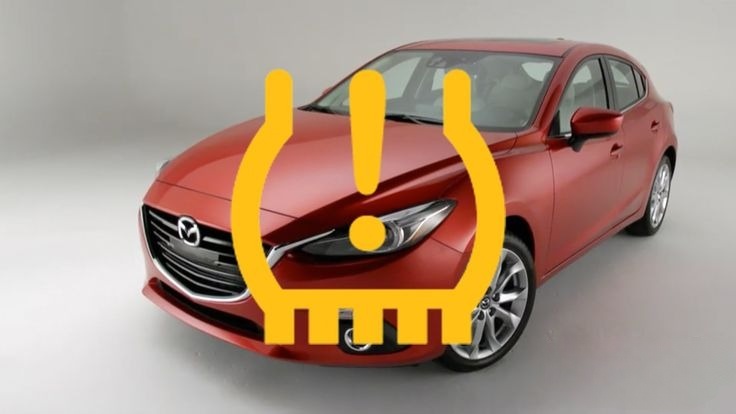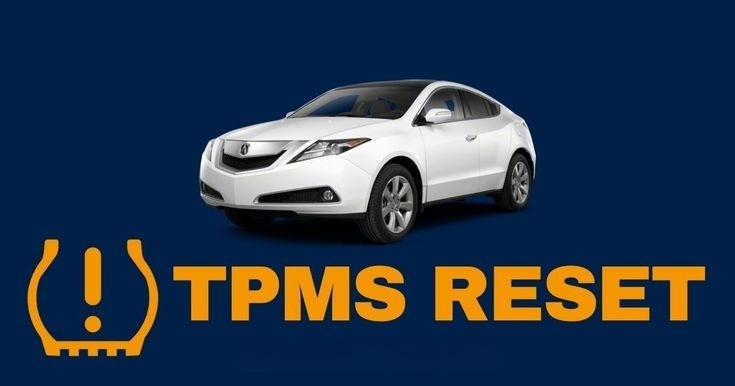What you need to know about the TPMS light – an orange symbol on your dashboard. It’s actually a warning light and most of us have seen it at least a few times in our driving experience. So what is TPMS light? and why does this light turn on?
Contents
What Is TPMS Light?
Let’s spend a short part of this article learning about the TPMS on your car:
What does TPMS mean on a car?
The TPMS is basically an electronic device located on the rim, which monitors and provides information about tire pressure to the vehicle’s computer system. So what does TPMS stand for? TPMS stands for tire pressure monitoring system. The TPMS is mandatory for all vehicles manufactured on or after September 1st, 2007. The system currently uses two different technologies, including direct and indirect. The TPMS system can measure tire pressure directly or calculate it indirectly using information about the rotation of the tire. When your engine starts, the TPMS light will usually come on for 1 or 2 seconds. Sometimes, the warning light will have the words “TPMS” next to the above icon.

Understanding TPMS warning light
When your car is equipped with a TPMS, it means that every tire has a wireless sensor inside it. Each sensor transmits data to ECU and then turns on the TPMS light if any of the sensors detects a pressure value above or below the safe operating range. As we mentioned, the purpose of TPMS (Tire Pressure Monitoring System) is to warn you when tire pressure is too low, which can be dangerous for driving.
The TPMS system will turn on a warning light on your dashboard if the tire pressure is lower than the manufacturer’s recommended standard but does not tell you the correct tire pressure. However, if the warning light does not come on, it does not mean that the tire pressure is still at the correct level. Thus, you should regularly check the tire pressure of your car to make timely adjustments.
Note: The TPMS system cannot replace checking and maintaining tire pressure. This is a tool to help warn you when the pressure is too low, but the tires can lose air for quite a while before the TPMS light comes on. The TPMS light will illuminate when the tire pressure is too low or too high.
To put it simply, TPMS light means that one or more tires are under-inflated and it won’t go away until it’s addressed. Let’s talk about why it’s there and how to get rid of it in the next part!
TPMS Light On: What Are The Reasons & How To Fix It?
This safety system is designed to prevent accidents by altering drivers of under-inflated tires. There are many ways the tire pressure monitoring light will display on your dashboard. What can trigger the TPMS light? We will explain the causes of each situation.
TPMS light on while driving
When you notice the TPMS light on continuously while driving, it means the air pressure in at least one tire is low. What should you do in this situation? Check tire pressure with a manual gauge as soon as possible, then put it in the air or, if necessary, properly maintain your tire. When the TPMS light comes on, you can still drive but be aware that one or more of your tires are under pressure below the recommended safety level, and therefore your vehicle will not be able to make safe journeys. Please pay attention to driving safely and quickly check and fix.
TPMS light is flashing on the dashboard
If you see the lights come on and then turn off suddenly and again, it’s a sign to tell that the tire pressure of at least one tire is probably very close to the minimum or maximum recommended rate. When the air expands, due to cold or hot weather, the sensor is activated. The simple fix is to check the tire pressure and adjust it.
TPMS blinks before turning on
The TPMS light flashes for a minute or so every time you start the engine and then stays on. At this point, your car has a TPMS malfunction and you cannot count on it. You should take the car to the garage for repair as soon as possible. Check your tire pressure manually in the meantime. You can still drive If you check the air pressure in your tires and it’s OK, you can travel safely.
When we fix this problem by pumping the air and resetting the TPMS light, but the TPMS indicator still appears or reappears for a period of time, the error may be as follows:
- There is a problem with the TPMS sensor or self-diagnostic system, causing the TPMS not to work properly.
- TPMS light may also come back on if the air is still leaking from the pumped wheel. You can test this air leak with soap bubbles to locate the puncture.
How To Reset TPMS Light?
Depending on the model, you can get rid of this warning light by pressing the button on the meter or turning off the key. In some other cars, the TPMS light will automatically turn off when the vehicle is driven a few miles. Or you can use the diagnostic machine to reset them.

The reset button will normally be located under the steering wheel. First, you put the key in and turn on the electrical system but do not start the car yet, then press the reset button for about 3 seconds and wait for the tire pressure sensor indicator light to flash and drive for about 20-25 minutes for the sensor to re-measure the tire pressure.
Driving for short distances
Waking up in the morning and going to work, suddenly TPMS gives a signal, but none of the tires are underinflated. Normally, the distance required to be able to accurately check whether the TPMS sensor is at fault is about 15 km at a speed of about 80 km/h. After you have driven enough distance, you just need to turn off the car and start it again to check if the sensor is correct or not.
Remove and reconnect the car battery
Sometimes the flashing of the TPMS light is not on the sensor or the tire itself but from the vehicle’s electrical system. The reason is that there are a lot of devices in the car, which leads to more electricity being used in the car and being unable to drain all by itself, you have to remove the pole wire on the car to reconnect the battery.
Watch more:



